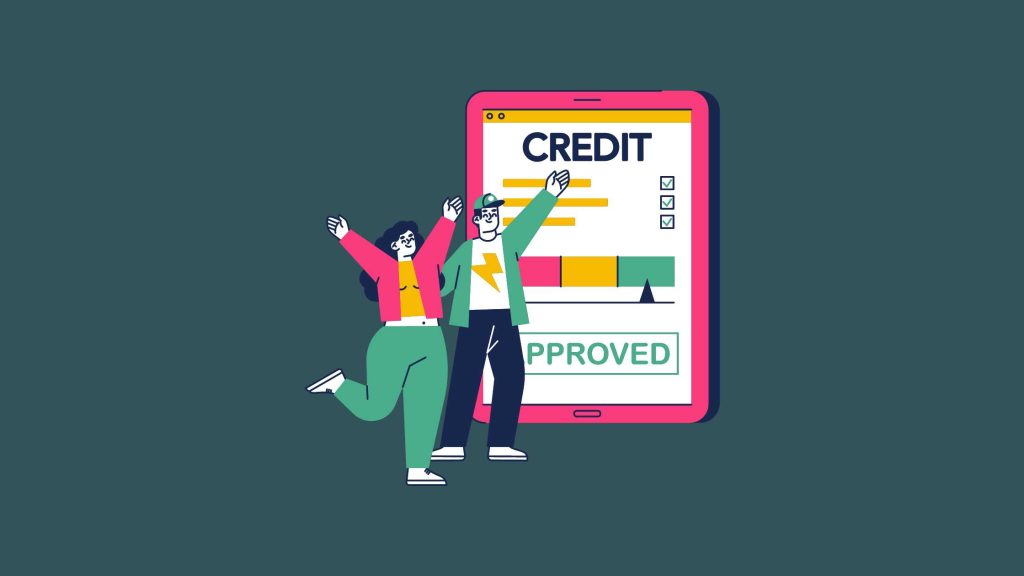Get Personal Loan : 9 Things to Know When Taking a Personal Loan – Comprehensive Guide
Get Personal Loan : In times of financial uncertainty or when faced with an unexpected expense, personal loans can be a lifeline. Whether it’s for covering medical expenses, financing home improvements, consolidating debt, or making a large purchase, personal loans provide flexibility and access to funds when needed. With the advent of digital platforms, the process of applying and securing personal loans has become more streamlined than ever. It’s now possible to apply for a loan from the convenience of your smartphone, with approval processes that take minutes.
Table of Contents
However, while personal loans can offer convenience, there are numerous factors to consider before taking on debt. Making an informed decision can help you avoid financial pitfalls and ensure that the loan meets your needs without becoming a burden. In this essay, we will explore the nine essential things you need to know when taking a personal loan, helping you make a well-informed decision that aligns with your financial goals.
1) Understand Your Financial Needs
Before jumping into various personal loan options, the first and most crucial step is to clearly understand your financial needs. Why do you need the loan? Is it for an emergency, to consolidate debt, or to finance a significant purchase? Understanding your objective will guide you in determining the loan amount and the most appropriate repayment schedule.
For example, if your primary goal is to consolidate debt, you will want to ensure that the loan offers a lower interest rate than your current obligations. On the other hand, if you need the loan for an emergency, quick approval and fast disbursement become critical factors.
Also Read : Personal Loans Amount ; What is The Maximum Amount Depending on The Income?
By identifying your financial needs upfront, you can avoid over-borrowing or underestimating your requirements, ensuring that the loan you take is both appropriate and manageable.
2) Compare Interest Rates
Interest rates are one of the most critical factors to consider when selecting a personal loan. The interest rate determines how much extra you’ll have to repay beyond the principal amount borrowed. Choosing a loan with a favorable interest rate is essential to prevent the loan from becoming a financial burden in the future.
Lenders offer varying interest rates based on factors like your credit score, income, and loan term. Even a seemingly small difference in interest rates can significantly impact the total cost of the loan. For instance, for a loan amount of ₹10,00,000 over five years, the difference between a 10% and 11% interest rate could result in thousands of rupees in additional interest payments.
Before settling on a loan, compare interest rates across banks and non-banking financial companies (NBFCs). Online loan comparison tools can help you evaluate options and select the most cost-effective choice for your financial situation.
3) Check Available Loan Tenures

The loan tenure—or the duration over which you will repay the loan—is another essential factor to evaluate. Personal loans typically come with tenures ranging from 12 months to 60 months, depending on the lender.
Buy Now : 71 Ways to Make Money Online
While a longer tenure results in lower monthly installments (EMIs), the total interest paid over the life of the loan will be higher. On the other hand, a shorter tenure will have higher monthly payments, but the overall interest cost will be lower. Therefore, it’s crucial to strike a balance between manageable monthly payments and minimizing the interest burden.
When choosing the loan tenure, carefully consider your financial situation. If you have a stable income, a shorter tenure with higher EMIs might be feasible and more cost-effective. However, if you need to keep your monthly expenses low, a longer tenure may be more suitable.
4) Understand Fees and Charges
Beyond the interest rate, personal loans often come with a range of additional fees and charges that can significantly affect the total cost of borrowing. Some of the common fees include:
- Processing Fees: Lenders typically charge a processing fee that ranges from 1% to 2% of the loan amount. This fee is deducted upfront, meaning that a portion of the loan never reaches your bank account.
- Prepayment Charges: If you decide to repay the loan before the end of the tenure, some lenders charge a prepayment penalty. This fee can vary depending on how early you close the loan.
- Late Payment Fees: If you miss an EMI payment, late payment charges may apply, which can add up over time if not managed properly.
Before finalizing a loan offer, review all the associated fees and charges. Some lenders may offer loans with lower interest rates but higher fees, negating the benefit of the lower rate. Make sure to account for the total cost of the loan, not just the interest rate, to avoid unpleasant surprises later on.
5) Check Loan Eligibility Criteria
Every lender has specific eligibility criteria for personal loans. These criteria generally include factors like your credit score, income level, employment status, and age. Before applying, it’s essential to ensure that you meet the lender’s eligibility requirements, as failing to do so can result in your application being rejected.
One of the most important eligibility factors is your credit score. A good credit score, typically above 700, can help you secure better interest rates and terms. If your credit score is lower, you may either be offered a higher interest rate or, in some cases, your loan application may be denied altogether.
Apart from credit score, lenders also consider your debt-to-income ratio. If you already have multiple loans or credit cards, lenders may be hesitant to offer additional credit. Therefore, reviewing your financial health before applying can increase your chances of getting approved for a loan with favorable terms.
6) Evaluate Loan Disbursement Time
In some cases, you may need funds quickly to cover an emergency or urgent expense. Therefore, the time taken for loan disbursement is a crucial factor when choosing a lender. Some banks and financial institutions offer instant approval and same-day disbursement, while others may take several days or even weeks to process the loan.
Digital lenders often have faster processes, with automated approval systems that can grant loans within minutes of applying. Traditional banks may take longer due to manual verification and approval procedures. If time is a critical factor, consider lenders known for their quick turnaround times to avoid unnecessary delays.
7) Use a Personal Loan EMI Calculator
A personal loan EMI (Equated Monthly Installment) calculator is an invaluable tool that helps you understand the financial implications of your loan. By entering key details such as the loan amount, interest rate, and tenure, you can get an accurate estimate of your monthly payments.
Using an EMI calculator allows you to experiment with different loan amounts and tenures, helping you determine what fits best within your budget. Additionally, comparing EMI amounts from different lenders can guide you toward the most affordable loan option. Many lenders provide free online EMI calculators that simplify this process, making it easier to make informed financial decisions.
8) Consider Customer Service Quality
The quality of customer service provided by the lender can significantly impact your experience throughout the loan term. A lender with excellent customer service can make the process of applying, repaying, and managing your loan much smoother.
When evaluating customer service, consider factors such as the availability of online support, the ease of accessing information, and the transparency of communication. Some lenders offer 24/7 customer support, online chat options, or dedicated loan specialists to assist you with any questions or concerns.
Reading reviews and testimonials from previous customers can also provide insights into the lender’s customer service standards. If you anticipate needing assistance throughout the loan process, selecting a lender with a strong reputation for customer service can be invaluable.
9) Read the Terms and Conditions Carefully
Finally, one of the most important steps when taking a personal loan is to thoroughly read the terms and conditions. This document contains all the critical information regarding your loan, including repayment terms, interest rate structure, fees, penalties, and other provisions.
Many borrowers overlook the fine print, but it’s essential to understand how interest is calculated, what happens if you miss a payment, and what penalties might apply for early closure of the loan. Make sure there are no hidden clauses or conditions that could complicate your repayment process.
If you find any confusing terms, don’t hesitate to ask your lender for clarification. Understanding the terms fully ensures you’re aware of your obligations and helps prevent any misunderstandings later on.
Get Personal Loan – Conclusion

Personal loans offer a convenient solution for addressing a variety of financial needs, but making an informed decision is critical to avoid unnecessary financial strain. By understanding your financial requirements, comparing interest rates, evaluating loan tenures, and considering factors such as fees, eligibility, and customer service, you can select a personal loan that aligns with your financial goals.
Additionally, using tools like EMI calculators and carefully reviewing terms and conditions can further safeguard your financial interests, ensuring that you choose the best loan option for your needs. By taking the time to research and compare offers, you can secure a personal loan that meets your needs without becoming a financial burden.
Keywords : Get Personal Loan , Get Personal Loan 2024 , Get Personal Loan Now , Get Personal Loan for You



